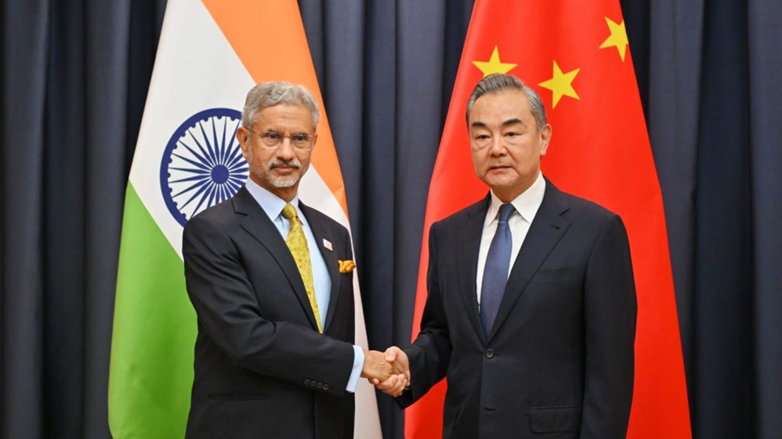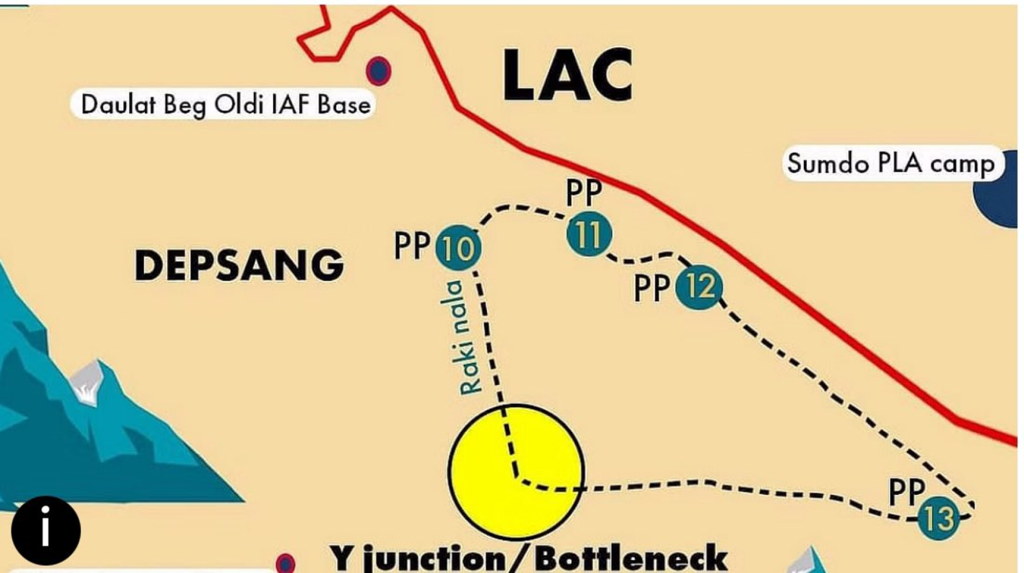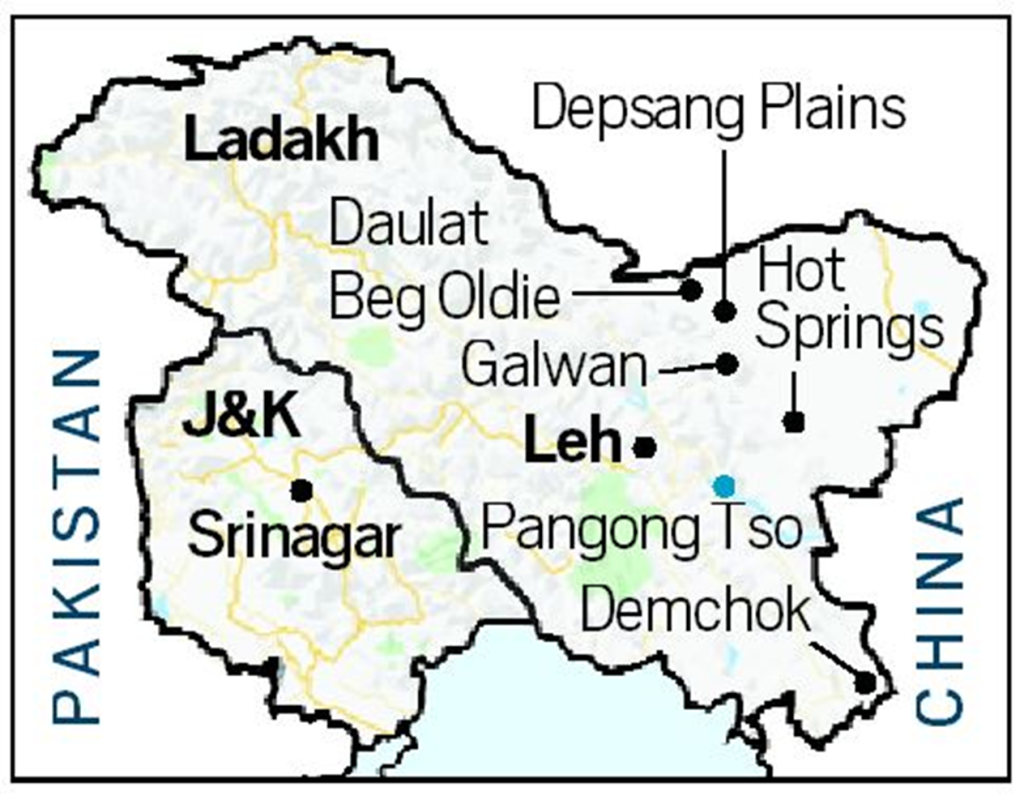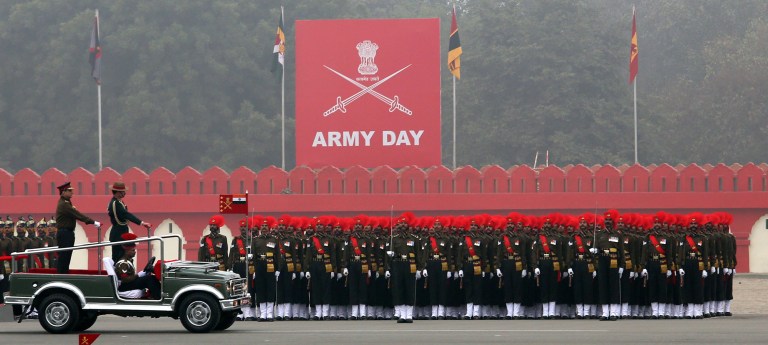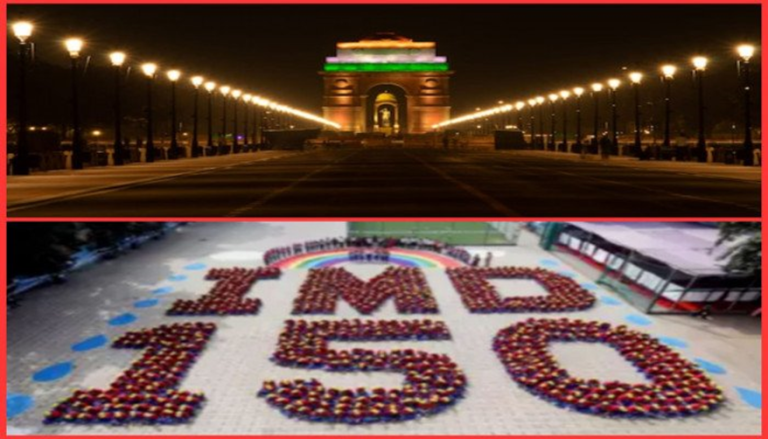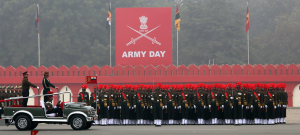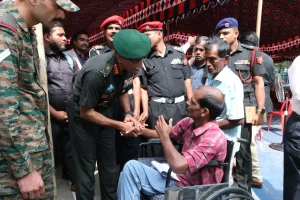The agreement with China on patrolling rights is set to restore Indian access to several border points in eastern Ladakh that have been cut off since 2020.
India China Border Patrol Agreement
The agreement with China on patrolling rights is set to restore Indian access to several border points in eastern Ladakh that have been cut off since 2020, including the vital Depsang plateau that was blocked by forward deployed Chinese troops and has been the main point of concern. Details of the patrolling agreement are yet to be shared but disengagement of troops at both Depsang, where Chinese soldiers had blocked access to patrolling points by occupying the ‘Y Junction‘, and Demchock, where tents had been erected Indian side of LAC, was vital to move to the next step of de-escalation.
Sources said the two sides have agreed that patrolling in these two areas — the Depsang Plains in the north of Ladakh and Demchok in the south — will be carried out up to the old patrolling points along the LAC. This means that Indian troops can patrol up to patrolling point (PP) 10 to 13 in the Depsang Plains, and in Charding Nullah of Demchok.
Sources said certain mutual agreements have also been made for the eastern theatre, especially in the sensitive sectors of Arunachal Pradesh. Other sectors in the east will come up in discussions later between the two sides. While there was agreement on patrolling rights in Depsang Plains and Demchok, sources said the situation at the other friction points — in Galwan Valley and Pangong Tso — where disengagement of troops was achieved two years ago with creation of buffer zones would remain the same.
While the normal strength of a patrol is about 13 to 18, at least 14-15 troops will be there in a patrol to avert any clash, sources said. Patrol programmes of both sides will be exchanged and in case of any clashing date or time, it will be mutually modified, sources said. Patrolling, the sources said, will be well-coordinated between the two sides and they will keep each other informed.
There are seven friction points in eastern Ladakh where Indian and Chinese troops have had confrontations since May 2020. These include PP 14 (Galwan), PP 15 (Hot Springs), PP 17A (Gogra), north and south banks of Pangong Tso, Depsang Plains (the Chinese had cut off Indian access to the PPs there) and Charding Nullah. The Depsang Plains is significant not just because it is 30 km southeast of the strategically important Daulat Beg Oldie post near the Karakoram Pass in the north, but also because in the midst of mountainous terrain, it offers a flat surface which can be used by either of the two countries to launch a military offensive, similar to the Spanggur Gap in the Chushul sub-sector.
